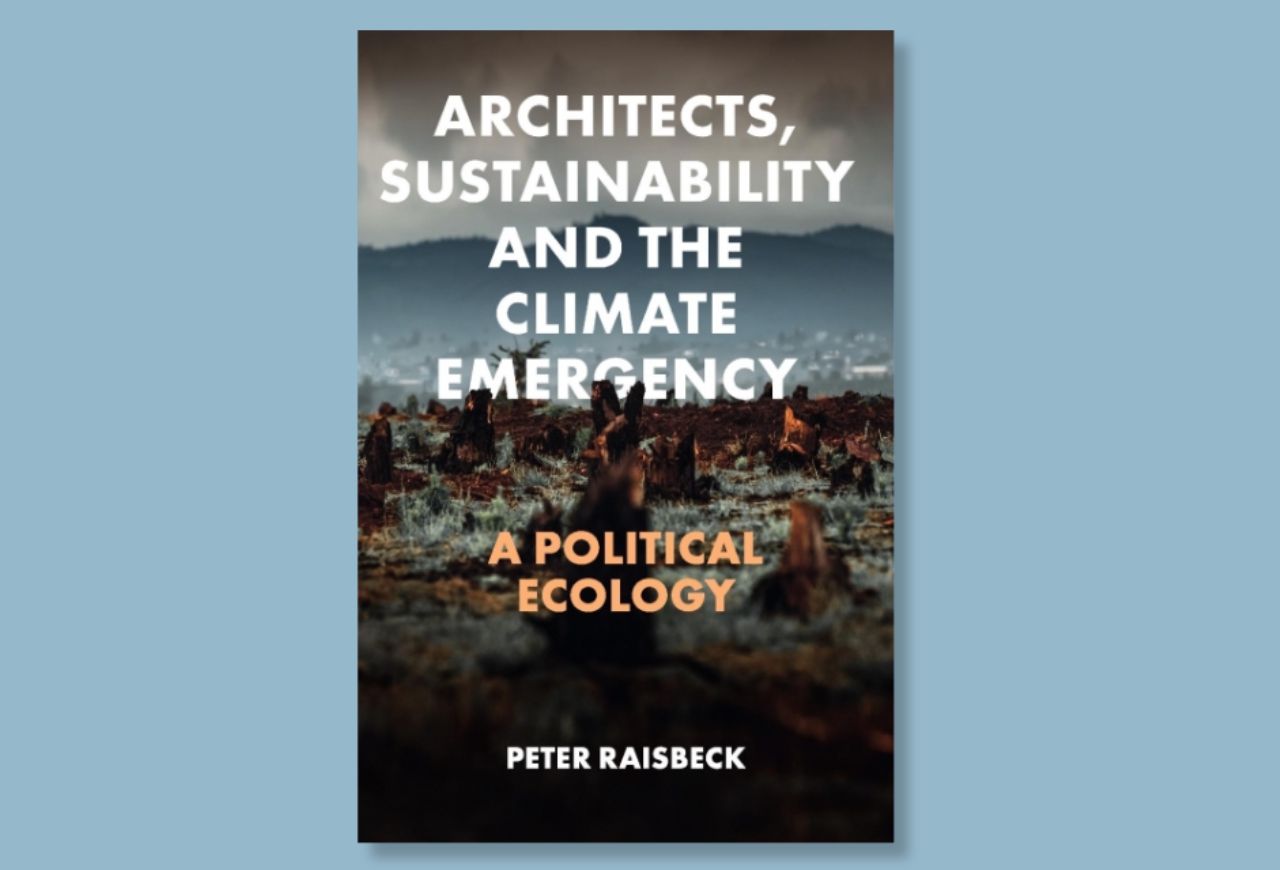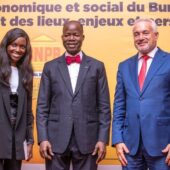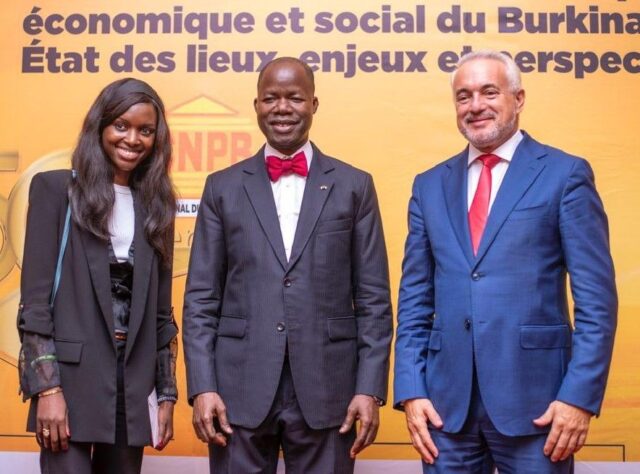This is one of those rare books that makes you laugh, cry, and even scream. Scream in support, and… in opposition, writes Christopher Walker.

In brief
- A scathing attack on architects and their greenwashing.
- They offer the public “climate imaginaries” – a future-perfect Anthropocene solution that bears little relationship to science.
- But having demolished architectural orthodoxy, Raisbeck offers little in its place.
- Is he perhaps guilty of his own kind of deafness?
Dr Peter Raisbeck is associate professor of architectural practice at the Melbourne School of Design, where he teaches architecture and ‘Design Activism’. As such he is well placed to be an informed iconoclast – there are literally hundreds of books referenced.
He takes on the stars of the contemporary architectural world from Norman Foster down, and if you are a practicing “green” architect you are probably in this book somewhere. But you might not like what you read.
“At the heart of the book,” the author says, “is the question, have architects failed to heed this crisis?” Raisbeck’s answer is scathing, denouncing their “anacusis” – “deafness” just isn’t enough for him.
‘Climate imaginaries’
The author even suggests architects’ “climate imaginaries” have served to conceal the climate emergency itself.
They have created “ecotopian cities” which “exemplify the desire to forever extend the urban sphere. The digital cities of the computer, generated by scripts and algorithms, have empowered these imagined and phantom cities of a future Anthropocene that will never exist’.
As a result, the author notes, there has been a resurgence in the architectural imagination of designs for “these ecotopian cities ; cities exemplified by imaginary lines of flight into the deserts, the seas, and even outer space”.
There are plenty of good examples of these “imaginaries”, and some very interesting photographs and illustrations such as the one of Vincent Callebaut’s beautiful Lillypad which would allow 50,000 people to live at sea. Swarms of these pads would form ecotopias entirely at sea, capable of sustaining themselves without undesirable environmental impact. Shelter for “climate refugees”.
Attack on greenwashing
Raisbeck asserts that architects have constructed their own “self-reinforcing system of virtue signalling, a system of greenwashed image-politics”.
He condemns “a fetishization of the word carbon…alongside its derivative architectural terms” in the architectural magazine Log: Global Carbon Form, Carbon re-form, Carbonscapes, Carbon Form, Endgame of Carbon Form, Post-Carbon and Toward Climate Form. “It is almost as if the repetition of this two-syllable word reifies it, granting it a permanent place in an architectural lexicon.”
This attack extends to the whole system of green building certification designed by the likes of the Green Building Councils (GBCs). He cites Ade and Rehm’s conclusion that “from inception the development of green building rating tools has been predicated on the needs of a very specific grouping of organisations (the members of GBCs) rather than the wider needs of the planet”. And suggests the limited take up of the tools has been hampered by property developers who appear “only interested in the branding that certification from a particular tool confers on a building”.
Moreover, the “so-called green materials…deployed to promote sustainability credentials”…[only] obscure the continuing production of carbon emissions through entrenched material and product systems.” Indeed, “like much else in architecture, [they] are used as signifiers, as virtuous signals, by architects ; only serving to reinforce their own status, as technological innovators, as climate fixers and polemicists and theorists”.
Architects really won’t enjoy this book.
So what’s left?
All of this is a very enjoyable burning down of the architectural house, but the question is what’s left?
Raisbeck makes bold claims. “It is now timely to move from the biophysical deliria of architects to a consideration of the cities of the Global South…the cities that inhabit the invisible continents of the architectural imagination.” He promises the cities of the Global South are “very different to the future green cities and climate imaginaries of the architects of the Global North”, thus whetting the reader’s appetite. But what follows is very thin gruel indeed.
One of his enfant chéris, Rahul Mehrotra, urges “expanding beyond normative and technocratic visions of the city” and “proposes a taxonomy of temporary landscapes.” This includes “refugee camps, military encampments, disaster camps, camps for the extraction of resources and what he terms as ephemeral-extractive spaces”. I started to long for Callebaut’s Lilypad.
At the heart of this shortcoming is the author’s own deafness. He frequently rails against the evils of colonialism and “top down concepts such as capitalism”. We hear a lot about “neo-liberal fantasies” and even about the “filleting knives of neoliberal urbanism”.
But Raisbeck himself seems to fantasise, or even fetishise, what he calls “indigenous solutions” above Eurocentric ones. “In this strange architectural light, between waking and dreaming, what angels, saints, sorcerers, and ghosts have appeared to quell the climate emergency?”
Is he just replacing one mistaken human narrative with another?





